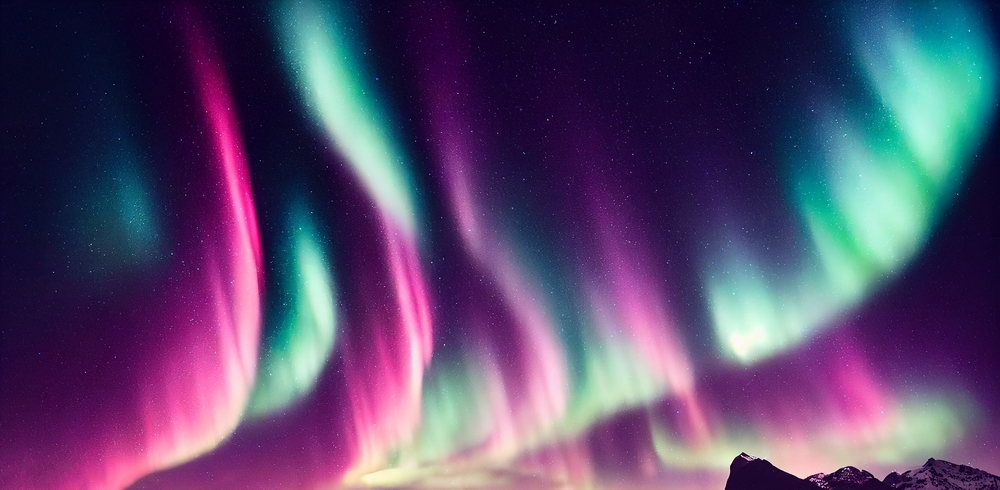Unique conditions allow the phenomenon to appear in regions much farther south than usual.
Others are reading now
The northern lights, or aurora borealis, have long captivated humanity with their vibrant, otherworldly colors dancing across the night sky.
Typically confined to the Arctic regions, these natural light displays are caused by interactions between charged solar particles and Earth’s magnetic field.
While most people associate them with countries like Norway, Iceland, and Canada, occasionally, unique conditions allow the phenomenon to appear in regions much farther south, according to 20Minutos.
Also read
A Result of Solar Flares
This New Year’s Eve, such an event is expected. The U.S. National Oceanic and Atmospheric Administration (NOAA) has issued a G3 (strong) geomagnetic storm warning for December 31.
The storm, triggered by heightened solar activity, could make the auroras visible in locations not typically graced by their presence.
In the United States, residents in states like Oregon and Illinois, which are situated near 50° latitude, may have the rare chance to witness the lights.
Similarly, parts of Central Europe, including Germany, northern France, Belgium, and Poland, might also see the skies come alive with luminous displays.
The phenomenon is a result of solar flares, including a significant X-class event, which released charged particles into space.
When these particles collide with Earth’s magnetosphere, they interact with atmospheric gases, producing the stunning lights.
NOAA has reported that these solar eruptions are expected to impact Earth on New Year’s Eve, creating ideal conditions for auroras.
British astrophysicist Ryan French described the storm as a direct result of the Sun’s recent increased activity.
He noted that coronal mass ejections from the Sun are dragging electrically charged particles into Earth’s magnetic field, leading to the possibility of visible auroras at lower latitudes.
For those hoping to catch the display, experts recommend finding a dark location away from city lights with clear skies.
As the phenomenon is unpredictable, skywatchers are advised to remain patient. This rare celestial event promises to add a breathtaking and memorable touch to the New Year’s Eve celebrations for those fortunate enough to see it.


